I arrived in Palestine during the 2014 conflict; only a few days after the James Foley video circulated, and the moment the ceasefire was broken.
I had already spent a wonderful week in Israel couch surfing with some cool guys in Tel Aviv and then roaming around Jerusalem. Despite most people saying I had to be crazy to go to the West Bank during a war, the violence remained mostly confined to Gaza. Moving from city to city in the West Bank actually becomes easier, the Palestinians explained, as the soldiers are busy in Gaza and there aren’t as many roadblocks. The capital of the West Bank, Ramallah, is actually quite nice. I highly recommend it. There are hostels, delicious little restaurants, and some chic hang out places including an upscale ice cream parlor, a posh rooftop hookah place, and a really cool bar with a swimming pool and bonfire. You won’t get tear gassed in visiting Ramallah.
War or no war, Friday afternoon is a time of protest in Palestine. These protests occur in many cities following the Friday afternoon prayer. Never being one to shy away from an experience, and wanting to develop my own view on the conflict, I decided to attend. Some protests turn violent, even deadly. Hebron, for example, is a volatile city. However, some places host protests that are considerably safer. Everyone highly recommended a small town called Bil’in. ‘The most they use in Bil’in are rubber bullets,’ I was told. A Dutch reporter staying in the hostel encouraged me to go. “The protests occur along the settlement wall,” she explained, “The residents want the wall removed, or at least pushed back.”
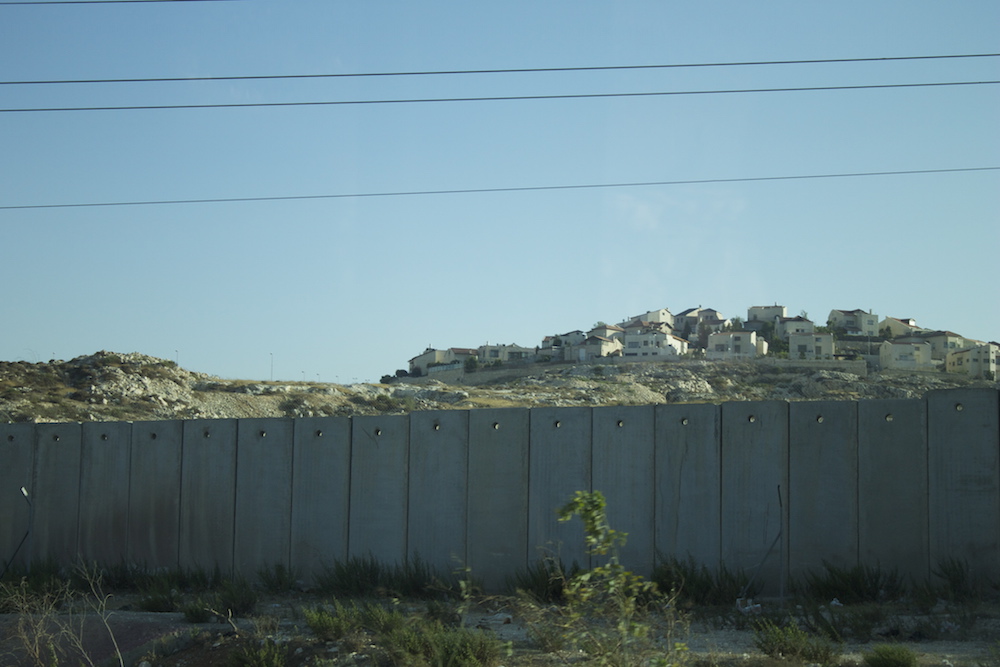
“The Israelis used tear gas last time,” she warned, “but if you stay in the back, you can avoid it.”
Friday afternoon, a few Palestinians took a small group of us foreigners at the hostel to the town of Bil’in. We first met the organizers at the center of “Friends of Freedom and Justice,” an activist organization promoting the welfare and safety of residents of the town.
We climbed up a rocky hill, the terrain appeared quite dry and barren. We passed a shrine dedicated to Bassem Ibrahim Abu-Rahma, a local killed at the weekly demonstration after being hit in the chest by a high-velocity tear gas canister in 2009. On top of the hill we paused, Israeli soldiers to our far left, inside the settlement, watched us with binoculars. “Bil’in is a farming community,” our guide for the day stated. “But around 60% of the farm land has been annexed by Israeli settlements.” From the top of the hill we could see the wall of the settlement. He explained the settlements are considered illegal internationally, but not to the Israeli State.[1] Protestors successfully had the wall moved back about 100 meters some time ago, but they really want the wall destroyed, the settlements removed, and to live free of Israeli control.
Back down the hill to low-laying terrain. The protest march to the wall begins.
The Protest
I stayed near the back, watching the protestors march down a small dirt path to the wall, above it a hill where the Israeli soldiers stood next to a Jeep. The protestors wore T-shirts and jeans, keffiyehs tied around their heads, and some carried Palestinian flags. They hadn’t even reached the wall before I saw the Israelis shoot something toward us, a handful of black speckles blotching the blue sky, white smoke erupting from behind them. I remembered the story of Bassem, killed in a protest five years prior, so I kept my eyes on the canisters, worried one would hit me in the head.
Excruciating burning filled my eyes, to the extent that I couldn’t open them. I covered my nose and mouth with my scarf and tied it tightly but my throat already stung and I felt like I couldn’t breathe. I knew I needed to run away from the wall like everyone else. I scampered back up the path with my eyes closed. Opening my eyelids even the slightest seemed impossible. My body simply wouldn’t let me. My throat and nose burned so I tried to hold my breath, clutching a scarf around my face. Is it still considered blinking if you repeatedly close your eyes as tightly as possible in a fruitless attempt to produce tears?
When people ask me what it feels like to get tear gassed, the best analogy I can muster is this: imagine you are holding your hands full of finely grained pepper and chili powder. Then imagine, with eyes wide open, sticking your face in the concoction and breathing in with an open mouth. Then do that for five minutes straight. In fairness, I have never attempted this exercise, so I cannot speak to the accuracy of it, but I imagine the results would be similarly uncomfortable.
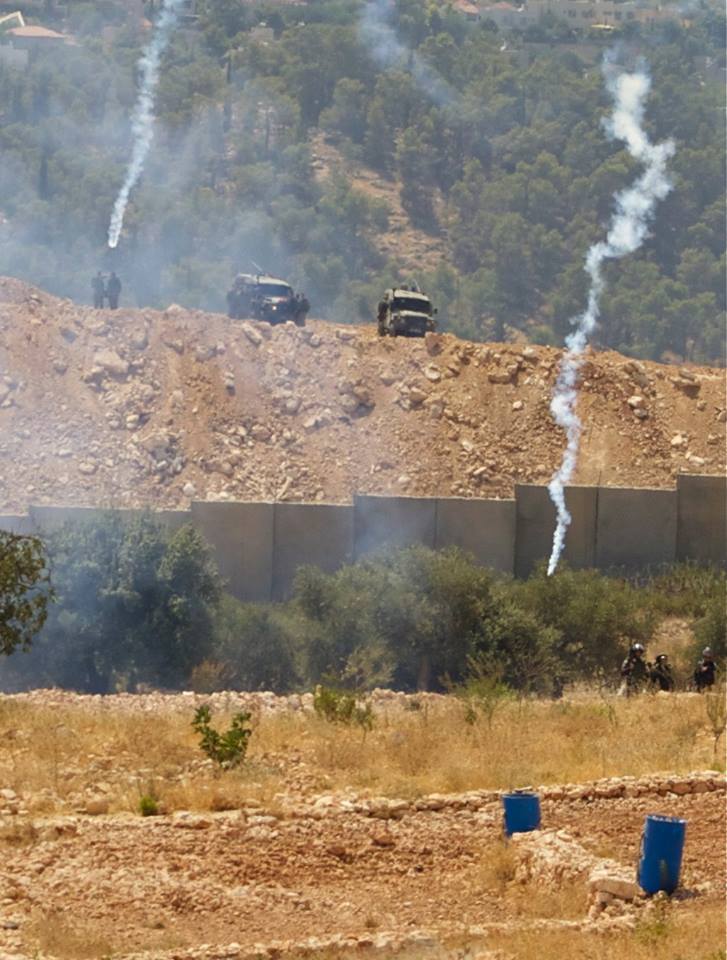
After five or ten minutes, on the path, far from the wall, I finally regained my ability to open my eyes and breathe normally. I decided that I had had my fun and didn’t care to be tear gassed ever again. So I stayed far away after that, hoping to simply take some photos and observe. The more adventurous protestors ran back toward to settlement. One wore a gas mask, others boasted bullet proof vests and helmets. I regretted wearing a long dress and sandals. It made it difficult to run around. Clearly I missed the dress code recommendations.

Despite my decision to never again be tear gassed, the gas kept coming. I stupidly tried to run up a different hill covered in thorns. My dress tangled in the plants, my eyes burned so I couldn’t see where I was running, and my feet bled from the stickers. My throat was completely dry at this point from a mixture of dehydration and smoke. For about fifteen minutes I just stood in one place, praying my eyes would produce some sort of moisture to rescue me from the stinging, as the sun beat down. As soon as I could see again, I would move a few feet up the mountain as quickly as possible. Then another breeze and I would squeeze my eyes shut, hoping to avoid more stinging. After about half an hour I finally sought refuge under a tree where some Palestinians recovered with eye drops and water.
Someone once asked me to articulate my opinion on the protest; they wanted a deeper analysis, a more descriptive impression. As I desperately don’t want to demean the Israeli-Palestinian conflict, I hesitate to use this analogy, but I’ve mentioned it to a few Israelis and a few Palestinians and they both seemed to agree with me: Honestly, the protest seemed like a high-stakes version of capture-the-flag. The Palestinians ran to the wall, the Israelis tried to prevent them from doing so. It did not appear to be anyone’s intention to hurt anyone seriously, only to shake up the other side a bit. Both sides knew the time and place of the protest. No one else in the town attended, just the Palestinian protestors, and a handful of Israeli army guys. All in their 20s, mostly men, and no onlookers. No other support offered.

Eventually we all returned to the organization center. “How was your afternoon?” One seasoned protestor asked our group of international novices. He had this mischievous sort of smile curling across his face. “Spicy?”
I very much do not want this blog to become politically charged. I have no policy advice to offer on the Israeli-Palestinian conflict to fix the matter. Palestinians (or Arabs or Muslims) are not all terrorists and anyone wishing to argue so can post their comments on a different internet thread. Nor will “death to Jews” comments be tolerated. Simply, this is one experience, of many experiences, documenting one small town in a much larger, complicated issue. I’ve met many Israelis that are good people as well as many Palestinians.
Yet this is life for the residents of Bil’in, and for many Palestinians. Support them or don’t support them, this is a glimpse of a weekly struggle. They are resisting the situation they are currently in. How they resist varies. Some are arrested, many realize being arrested is a very real possibility. They demonstrate weekly, hoping to prevent the settlement wall from infringing further on their village, worried that passivity will lead to their village ceasing the exist, robbed of their land and livelihood. In this sense, the demonstrations didn’t appear violent or unwarranted, but rather seemed like a reminder to the Israelis, as though, with every tear gas canister dodged, and every chant sung, they could remind those listening that they still exist, and they are still hoping for a change.
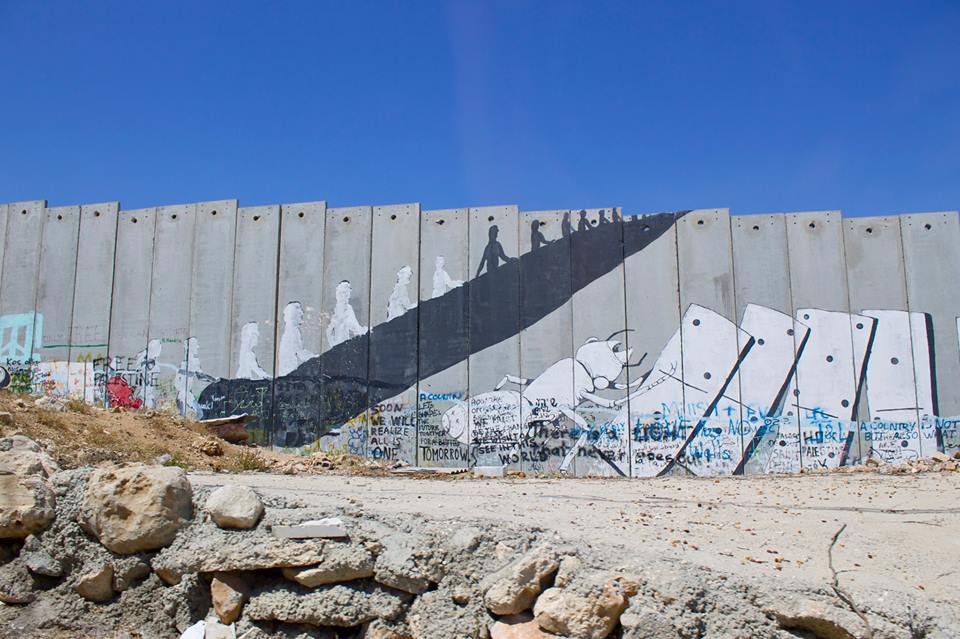
Cover Photo taken immediately after my first exposure to tear gas. Photo by Robin Gulliksson. You can see more of his work here.
[1] These settlements are considered illegal by the international community. The UN has repeatedly stated that they are a violation of the Fourth Geneva Convention, the International Court of Justice declared the settlements illegal in a 2004 advisory opinion, and both the US and EU have criticized them. The Israeli State disputes these claims.
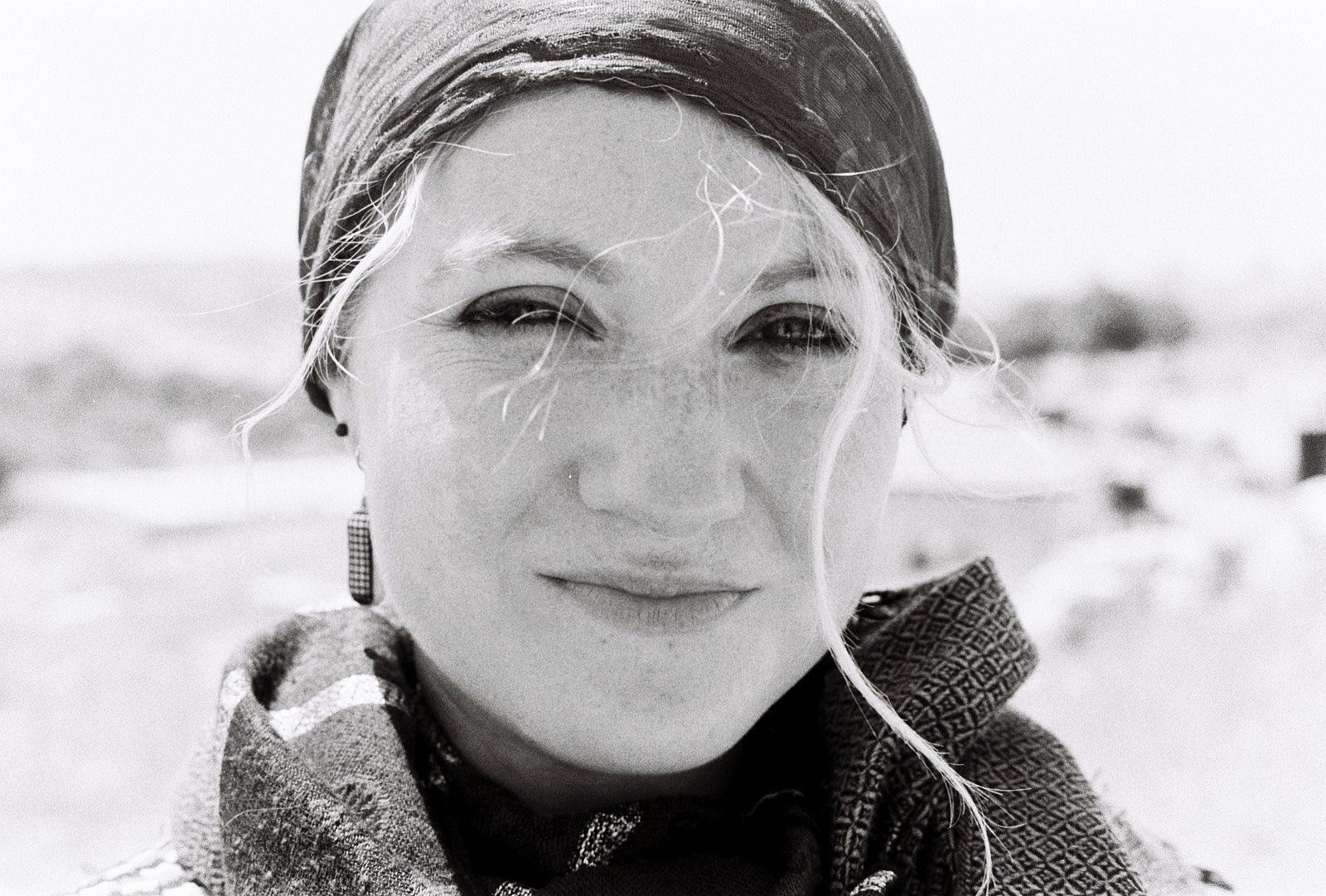
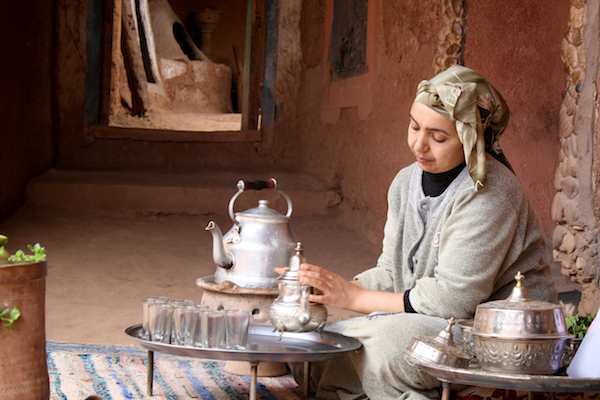

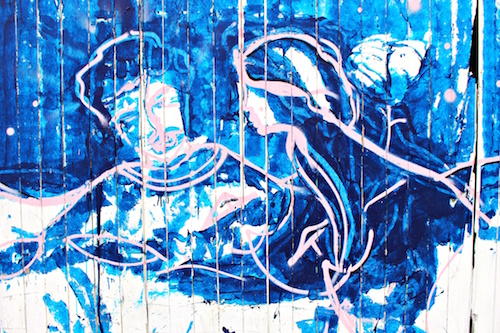
Wow!